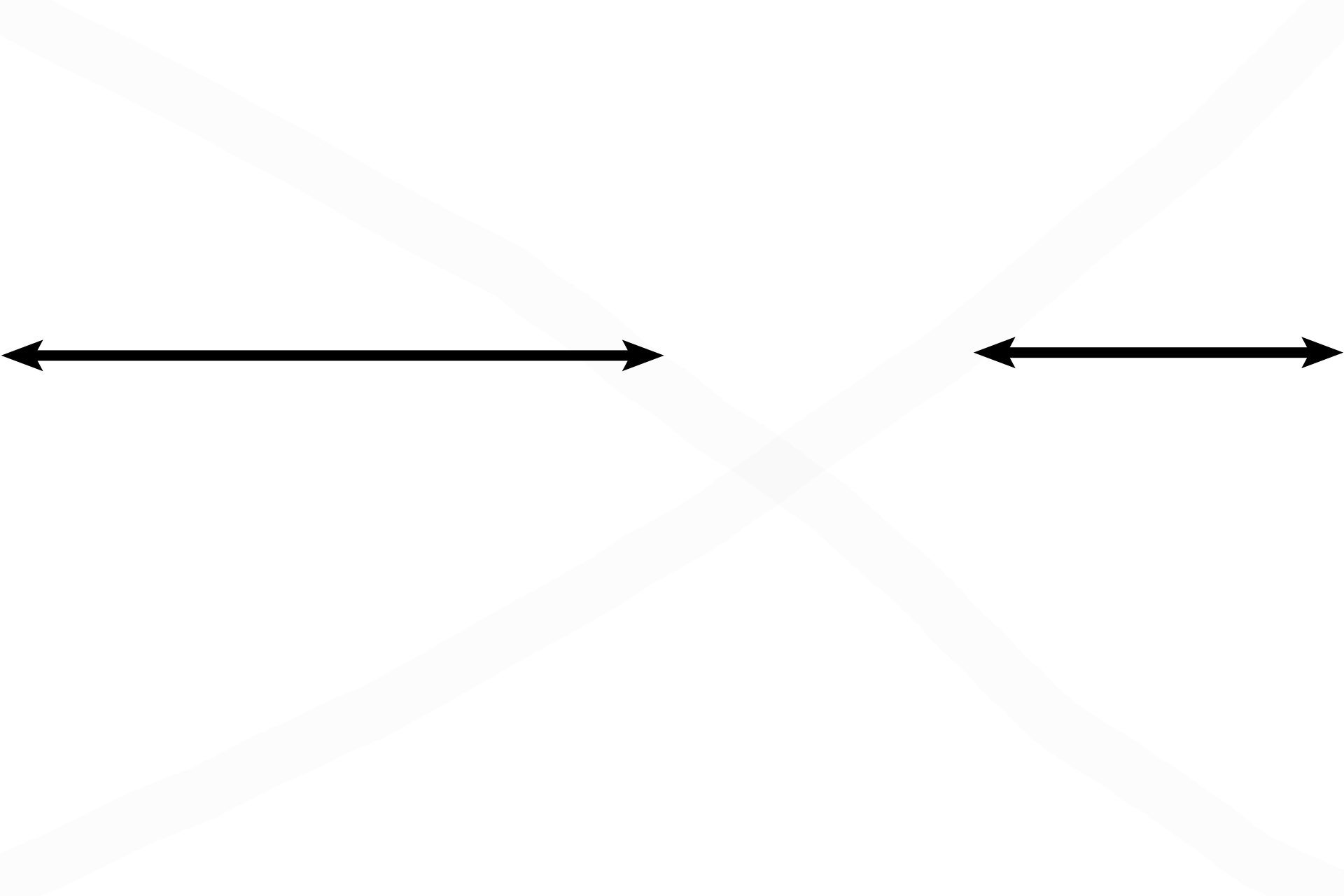
Bone: deposition
New bone can also be deposited on surfaces within bone tissue. A cross section of such an internal space is seen within this diaphysis of a long bone. Because the space is internal, it is lined by an endosteum, capable of forming or resorbing bone. This endosteum has recently begun depositing new lamellae on the pre-existing bone. 400x

Pre-existing bone >
The pre-existing bone is indicated by the arrows.

First lamella >
The first lamella of new bone has been deposited on the pre-existing bone around the periphery of the space. The second layer would be deposited on the first; the third on the second, etc., forming concentric lamellae laid down in a centripetal manner. The central space is continually decreased with the addition of each successive layer.

Osteon >
The structure that is forming in this internal space is called an osteon, or Haversian system. It is shaped like a column, seen here in cross section, and will be composed of concentric lamellae when fully mature. The central cavity of the osteon is the Haversian canal. This forming osteon is composed of only its first lamina and a portion of a second.

- Haversian canal
The structure that is forming in this internal space is called an osteon, or Haversian system. It is shaped like a column, seen here in cross section, and will be composed of concentric lamellae when fully mature. The central cavity of the osteon is the Haversian canal. This forming osteon is composed of only its first lamina and a portion of a second.

- Canal contents >
Each Haversian canal is filled with loose connective tissue and at least one blood vessel (black arrow). Because the Haversian canal is an internal space, it is lined by cells (blue arrow). The cells can be lining cells, osteoblasts (as seen here) and/or osteoclasts. The diameter of the Haversian canal decreases with the deposition of each successive layer.

Next image >
The next image shows what this osteon will look like after more lamellae have been deposited.